Let’s start off today with one important thing that’s been in need of clearing up. A lot of Western press still mindlessly parrots the trope about Russia’s so-called ‘frozen funds’ and how ‘devastating’ this is supposed to be for Russia’s economy. At this point, they’re grasping at straws because they have very little ammunition left in the barrel for pushing the false narrative that Russia has been gravely affected by the ‘war.’
In a previous article, I’ve already covered that the notorious ‘300b’ of frozen Russian funds was a desperate canard, and in fact Dmitry Medvedev himself glibly revealed that Russia has equally seized 300b of Western assets as well. We won’t get into the exact details, as you can read them here in this report, though I’ll repost the quote once again:
However, at the time of that writing, perhaps some readers were understandably dubious—after all, we’ve been so inured by MSM to take their anti-Russian reportage at face-value and always doubt the extent and potency of Russia’s own repartees.
But now, a recent rash of corroborating reports has hit the wires that confirm the validity of Medvedev’s statement. Bloomberg published (and quickly retracted, most likely due to internal blowback) a piece grudgingly bemoaning that they in fact can’t find these so-called ‘seized Russian funds.’
Now, the West continues to lament how well Russia is recovering economically from the minimal constraints incurred from the various ‘sanctions’.
Yesterday’s DailyMail article whinged about how British citizens are forced to ration their food amid unprecedentedly empty supermarket shelves, while equivalent Russian cities are ‘groaning beneath the weight’ of their bountiful food surpluses.
This emblematic snapshot highlights the startling disparity.
What's more, the scenes are a reversal of 40 years ago, when many of us watched pitiful TV footage of Russians under the Communist regime queuing for staples such as bread and eggs.
Cue the irony and schadenfreude.
The article is full of guffaw-inducing snippets, as the psychosis of Western Russophobia is slowly eroded by the harsh truth.
Residents of Perm, and elsewhere in Russia, have plenty of cheap food. Low-cost energy in the gas-rich nation means vegetables can be grown in hot houses throughout the bitter winter. Russia is also able to import large quantities of fruit from sympathetic countries, such as Iran, enjoying warmer climates.
Nor is there anxiety over heating homes, while filling cars with plentiful cheap petrol or diesel is a breeze.
Well, hey—remember when Biden mocked the potential for Russian/Chinese/Iranian rapprochement and partnership? Now the hens are coming home to roost, after years of the West’s self-inflictedly lunacy.
All this, of course, makes you wonder who is winning the economic war. From Perm, John told us: 'I have seen with my own eyes that sanctions are not hurting Russia. People on the street hardly notice anything. The shops are full of everything they want or need.
Can their tears get any more delicious than that?
Now onto more pressing matters:
It continues to appear that Wagner’s Prigozhin is the ultimate troll. The pattern many are starting to notice is that, as soon as he complains, feigning some sort of massive problems, Wagner in fact subsequently spurs into a string of large gains.
And once again it has happened. Only days after some new ‘controversy’ surrounding Prigozhin, followed by more complaints and ‘rumors’ of everything from Wagner needing to ‘pull out’ or retreat, to ammunition shortages, to fears of being ‘flanked’ by a new AFU counter-attack, suddenly Wagner has in fact surged forward with such ferocity that even Stoltenberg appears to have finally caved in, gasping that Bakhmut may now fall ‘within days’:
Bakhmut, after all, may fall in the next few days, - NATO Secretary General Stoltenberg
According to him, if this happens, it will not necessarily reflect a turning point in the war. "This only underlines that we should not underestimate Russia," the Secretary General added.
And this is mere days after MSM propagated the laughable story that Russian troops are ‘fighting with shovels’.
Bakhmut appears to be rapidly collapsing, with Wagner incursions being reported deep into the southern part and now even cross-river in the north.
The above map shows where fighting is being reported, which is already on the ‘western’ portion of the city across the Bakhmutovka River. For now there were rumors it is merely Russian ‘DRG’ (forward sabotage/spotters), but it hasn’t been fully confirmed yet.
Here’s a wider view, showing where fighting has been reported past the river’s median line. And everything east of the river has reportedly now fallen for definite. Large southern incursions can also be seen:
Granular look at the southern advance into Sobachevka District.
An AFU soldier reportedly told AFP the following:
“Bakhmut will fall,” a Ukrainian tank operator told AFP in the town of Chasov Yar, about 10 km (six miles) west of Artyomovsk. “We are almost encircled. The units are progressively retreating in small groups.”
Some people have complained that the battle of Bakhmut is taking a ‘long time’. If one has ever actually followed military conflicts before, one would know that city sieges are never quick work—lest you count the fraudulent ‘Iraq War’, where US feigned glory after paying off all the Iraqi generals to surrender.
The Siege of Sarajevo infamously lasted four years:
“It was three times longer than the Battle of Stalingrad, more than a year longer than the siege of Leningrad, and was the longest siege of a capital city in the history of modern warfare.[5]”
The Battle of Aleppo in Syria likewise spanned four plus years. In the current SMO, major city battles thus far average about two to three months each. Mariupol began in earnest in about early March and ran to mid May, although everything but Azovstal was cinched up by late April or so.
With the now redirected Mariupol forces sent to help the Severodonetsk-Lisichansk agglomerate, that large battle took from about early May to early July. Izyum took about one month, although admittedly it’s a much smaller town.
And while Wagner was nipping at the feet of Bakhmut since late last year, they were only marginally engaged at the very northeastern peripheries, in the famous Patrice Lumumba District, while the rest of the forces to the north and south were still wrangling with Soledar, etc., in order to first bring the contact line up to the Bakhmut city limits themselves. That didn’t actually happen until mid-January or so of this year. So Bakhmut does appear to be falling fairly well into the two-ish month timeline for larger city sieges, if you count the battle’s opening from the point when all the forces actually engaged its limits on all sides, rather than when Wagner was merely locally skirmishing on one small road in the northeast.
Also, one should view these videos to truly appreciate what it means to have full ‘fire-control’ over every road in and out of Bakhmut. The scale of the absolute carnage currently being inflicted on the AFU logistics in and out of the city is breathtaking to behold:
Video 1
Video 2
Video 3
Video 4
Video 5
There are reports of mass abandonment of AFU heavy equipment because only the dirt backroads are now usable, and they’re already very muddy. Everything is being abandoned, and what isn’t—is being summarily destroyed by artillery.
In the southern direction, Russian forces once more began to advance in Avdeevka, pushing towards Krasnogorovka (Krasnohorivka—note: I sometimes will write the Ukrainian spelling of a town for the purpose of being able to find it on Google Maps and elsewhere, for those interested in ‘following along’, since these towns exclusively appear under the Ukrainian names there).
And in the south, they secured two important hills north of Vodyane, incrementally closing the pincer.
As can be seen by this best map, Russian forces appear to be slowly working toward an envelopment / boiler around Avdeevka. Huge progress is not to be necessarily expected here yet, as this area has the oldest and deepest fortifications as the frontline here has not moved since 2014. Several interviews with Russian commanders attest to the area being covered with reinforced-concrete fortifications, huge underground tunnels/depots/stockpiles, and extremely fortified trenches.
Contrast that with an area like Bakhmut which has only recently seen the frontline move there, which means they don’t have nearly the time to indurate such hardened facilities.
Which brings us to the next point: several leading figures from both sides are now issuing calls of alarm that—should Bakhmut fall—the flat, unfortified terrain to the west will provide free, open passage for Russian forces to steam through the rest of Donbass.
Both CNN and Kyiv Independent have released interviews with Zelensky himself stating this:
“We understand that after Bakhmut they could go further. They could go to Kramatorsk, they could go to Slavyansk, it would be [an] open road for the Russians after Bakhmut to other towns in Ukraine, in the Donetsk direction.”
Zelensky suggested that if the city falls to Russian forces, it will help “mobilize their society” and bolster domestic support for the Russian army.
And with that in mind, a new defensive line is being prepared along the Toresk-Konstantinovka-Kramatorsk-Slavyansk line, where reportedly upwards of 12 brigades are already making preparations.
Prigozhin by the way himself gave a rousing speech from the famed T-34-85 monument at the center of Bakhmut. It’s a must-listen and can be heard here. (alternative link for those for whom Bitchute doesn’t work)
In the speech he references the above point about having ‘open terrain’ after Bakhmut falls, and states that the best trained and armed Russian troops have not yet even entered combat, and seems to hint at the fact that the major Russian operations will begin after the fall of Bakhmut.
To briefly cover a few of the other developments:
Most have seen by now that the US is throwing Ukraine under the bus for the Nordstream job. The only logical reason could be because so much investigative time has already elapsed that there’s a critical mass of pressure for the West to report something, otherwise the longer they wait the more suspicious it looks.
Thus it seems they bit the bullet and pinned it on Ukraine. Of course, the Sy Hersh exposé likely lit a quite uncomfortable fire under them as well, forcing their hand.
MoA covered this with much more detail than I’m able to so I’d suggest his report for the nitty gritty. The only real thing I have to add is the following rhetorical question: how exactly does this ‘revelation’ help the West if they are basically admitting that Ukraine committed a terrorist attack against Germany—which is not only one of their top supporters, but is the key linchpin country to this entire conflict.
As far as I can see, this has placed them between scylla and charybdis—on one hand, if you let the public believe that US was responsible, it damages US-German relations. But on the other, if you throw Ukraine under the bus, it damages Ukraine-German relations (and many German tabloids have already begun poking fun), at a critical time when German Leopards are supposed to provide the crux of Ukraine’s upcoming ‘victory’. Not only the tanks Germany itself is supplying, but the other countries supplying them had to first get permission from Germany to do so.
Of course, as per usual, it seems the elites are trying to ‘have their cake and eat it too’. By playing the ‘middle path’ they believe they can blame it not on ‘Ukraine’ proper, but rather on some vague ‘pro-Ukrainian group’—whatever that’s supposed to mean. This is the typical plausible deniability tactic used by the CIA in every single terror action, including the recent attack on the Russian village of Suchany, where they ostensibly claimed some defector Russian legion committed the acts.
As a quick digression on that incident—here’s a very interesting interview with one of the participants of that terror attack on the Russian village last week: https://wartranslated.com/statement-by-an-alleged-participant-of-the-2-march-bryansk-incident/
He states that they trained and prepared intensely for over a month to carry out the attack. Quite sad that over 80 specially trained men could only manage to trek 200 meters into Russian territory to kill a few civilians and call that an accomplishment.
The last item I wanted to cover is the announcement by unnamed officials that Ukraine has in fact already taken delivery of the JDAMs I wrote at length about here.
And on the heels of that, new footage has emerged which is claimed to show the first usage of a JDAM-ER against Russian positions:

However, the devil is always in the details. After a long expository fluff piece extolling the virtues of the bomb, at the very end nearly in fine print, they write:
"Hecker also stressed that the total number of JDAM-ERs that Ukraine currently has is limited. "They have enough to do a couple of strikes," he said.
(Cue Curb Your Enthusiasm theme song).
The video seen above appears to show a strike viewed from a Russian position which produces a sizable shock-wave, which would perhaps point to something like a JDAM. The only problem is, it’s hitting an empty hill several kilometers away from the position. So either the JDAM’s accuracy is about as oversold as Biden’s mental competency, or there’s something we’re really missing here.
Of course, the UA twittersphere claims this strike was on a ‘Russian trench position’. But it’s a tad odd that it’s being viewed by another Russian trench position with binoculars. Do Russian forces typically build two opposing trenches directly across from each other? Verdict: likely more nothingburger propaganda as usual.
That’s not to mention the fact that also at the very tail end of the article, they sneak in a last few sour bits that perfectly correlates to what I described at length in my article about the JDAMs usage:
The head of USAFE did acknowledge that the circumstances the Ukrainian Air Force is currently facing could prevent JDAM-ERs from being used out to their full range.
So firstly, here they’re admitting that the Ukrainian airforce likely won’t be able to use the bombs to their full range—for the very reasons we outlined, which is that you’d need to loft them from 35,000ft which puts you squarely in Russian S-400 crosshairs.
And:
"I don't want to get into the exact tactics... but obviously, the lower you are, and the further away from the surface to air missiles that can detect you because of the curvature of the earth" affect how far the bomb can travel, Gen. Hecker explained. "There are tactics where you can go in low and do some things... and get back."
The General here thinks he’s being slick, and discussing some oracular secret. “There are tactics where you can go in low….and do some things.” He winks and nudges smarmily, so full of himself, as if us lowly peons couldn’t possibly fathom the quite academically mundane trick. But of course, the reality of it is, he’s demurring not because he fears revealing a secret that could put Ukrainian planes in jeopardy, but rather because he’s afraid to reveal the truth about how useless such a tactic would be against Russian AD. We won’t go through all the number-crunching again—you can reference my previous mentioned article—but suffice it to say, it’s greatly in the general’s interest to not reveal that the Ukrainian plane would have to spend a whopping 2-3 minutes or more in the absolute kill-zone of Russian AD just to loft that bomb to ‘max range’. Hell, in that time the S-400 op can take a bathroom break, come back, and still have plenty of time to blast the plane out of the sky.
For whoever’s interested though, the article does provide the best full JDAM demonstration I’ve seen:
Lastly, I wanted to share a very interesting image. This is a photo of one of the destroyed Russian BMP-3’s in the Ugledar direction, which hit a mine. Many people have discussed the problems around Ugledar, and have went off on wild fancies about all sorts of things they know very little about.
But take an extremely close look at the photo. Zoom into the ground as much as you can. What do you see?
Look at the vast amount of TM-62 mines embedded into the ground like they’d been drizzled from a saltshaker. It’s just to give you an idea of how utterly mined all the approaches to Ugledar, and many other places in Ukraine are. I don’t think most people can quite appropriately appreciate just how dense the minefields are. Videos like these can only provide a bare glimpse of the vast amount of mines the AFU has at its disposal.


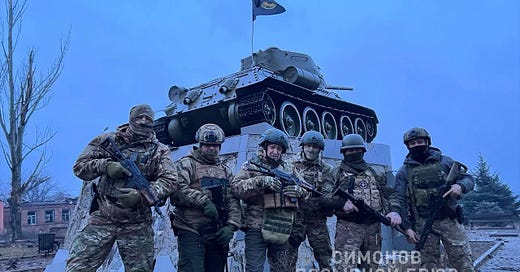







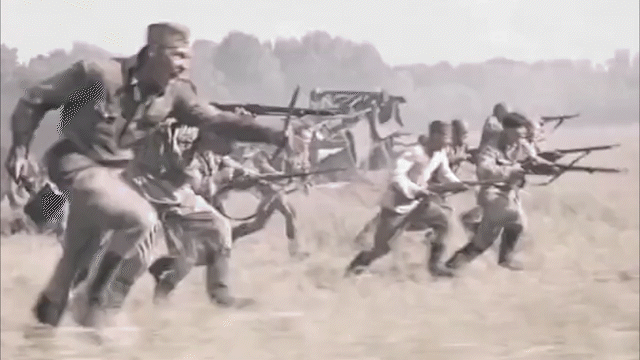
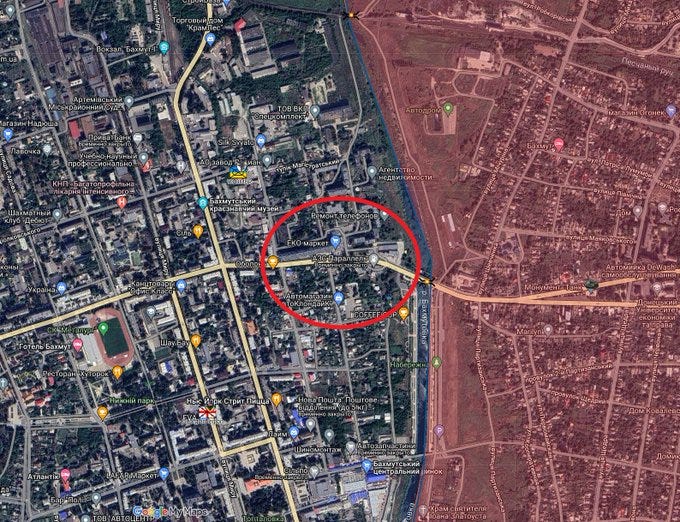
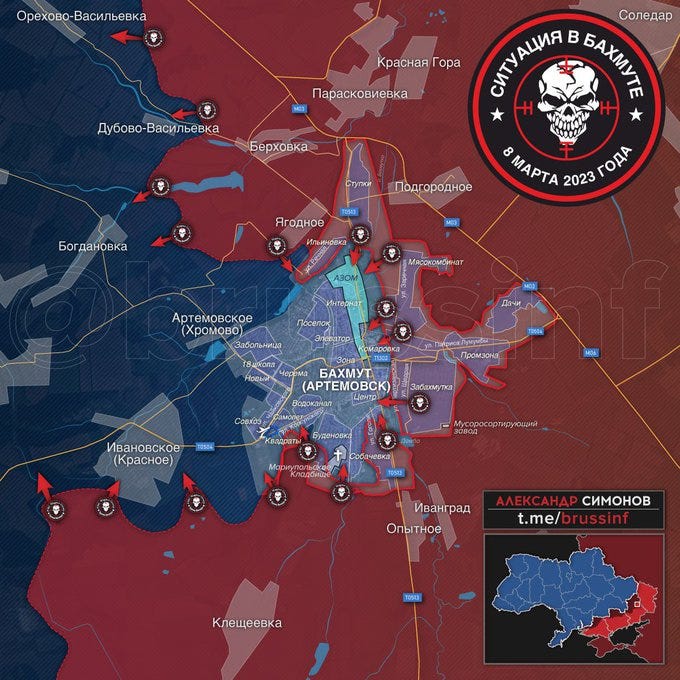
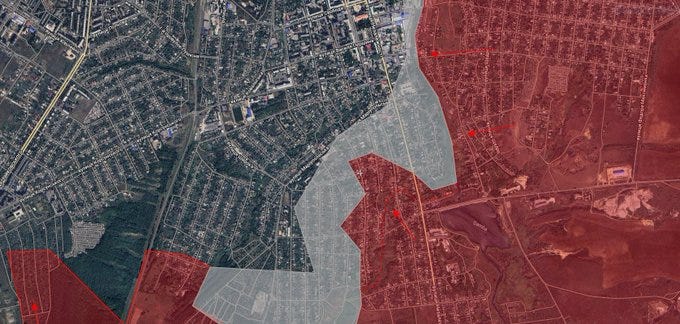
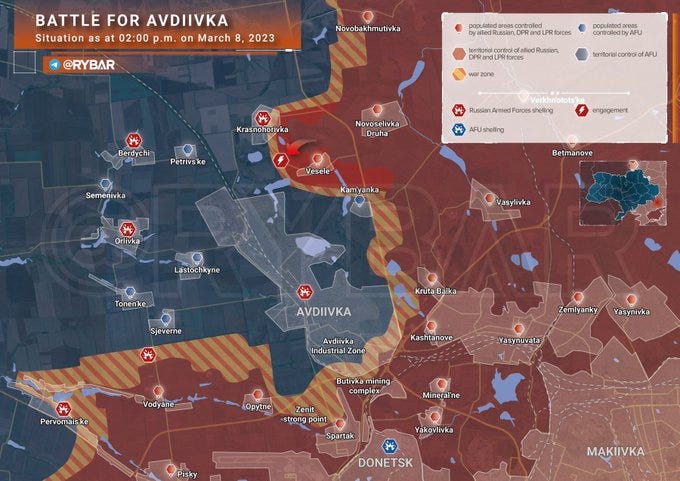
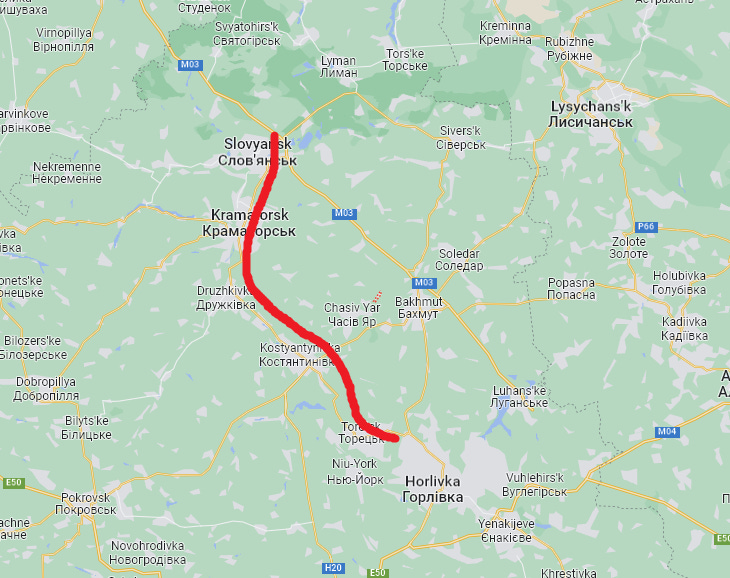

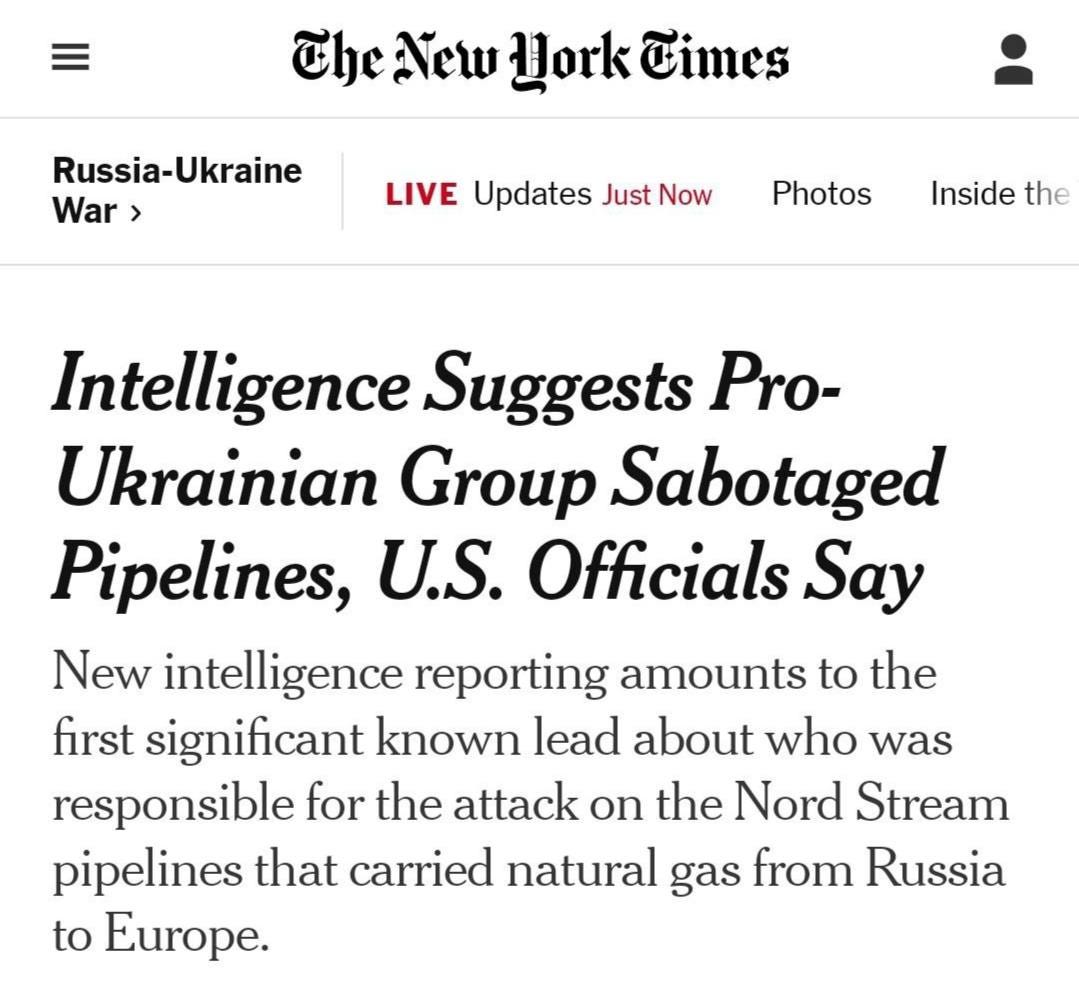
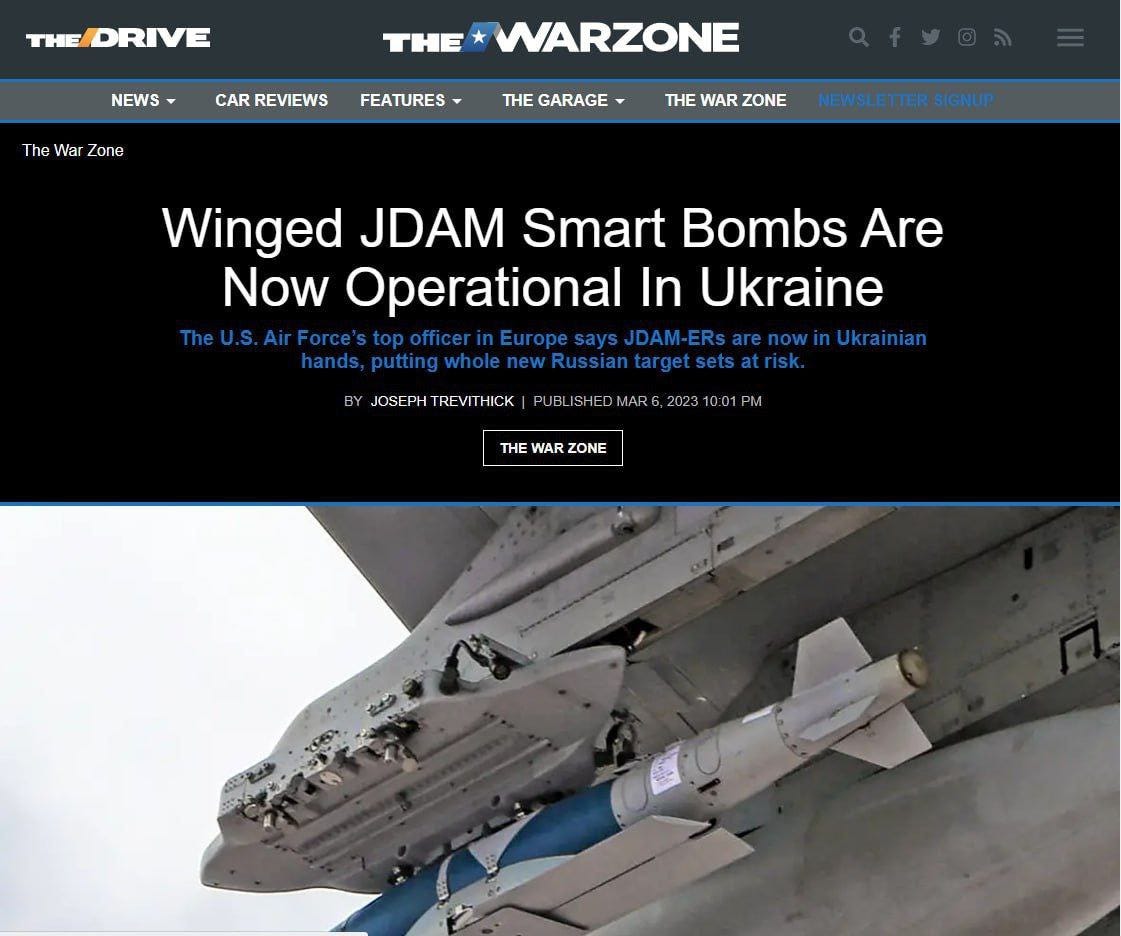
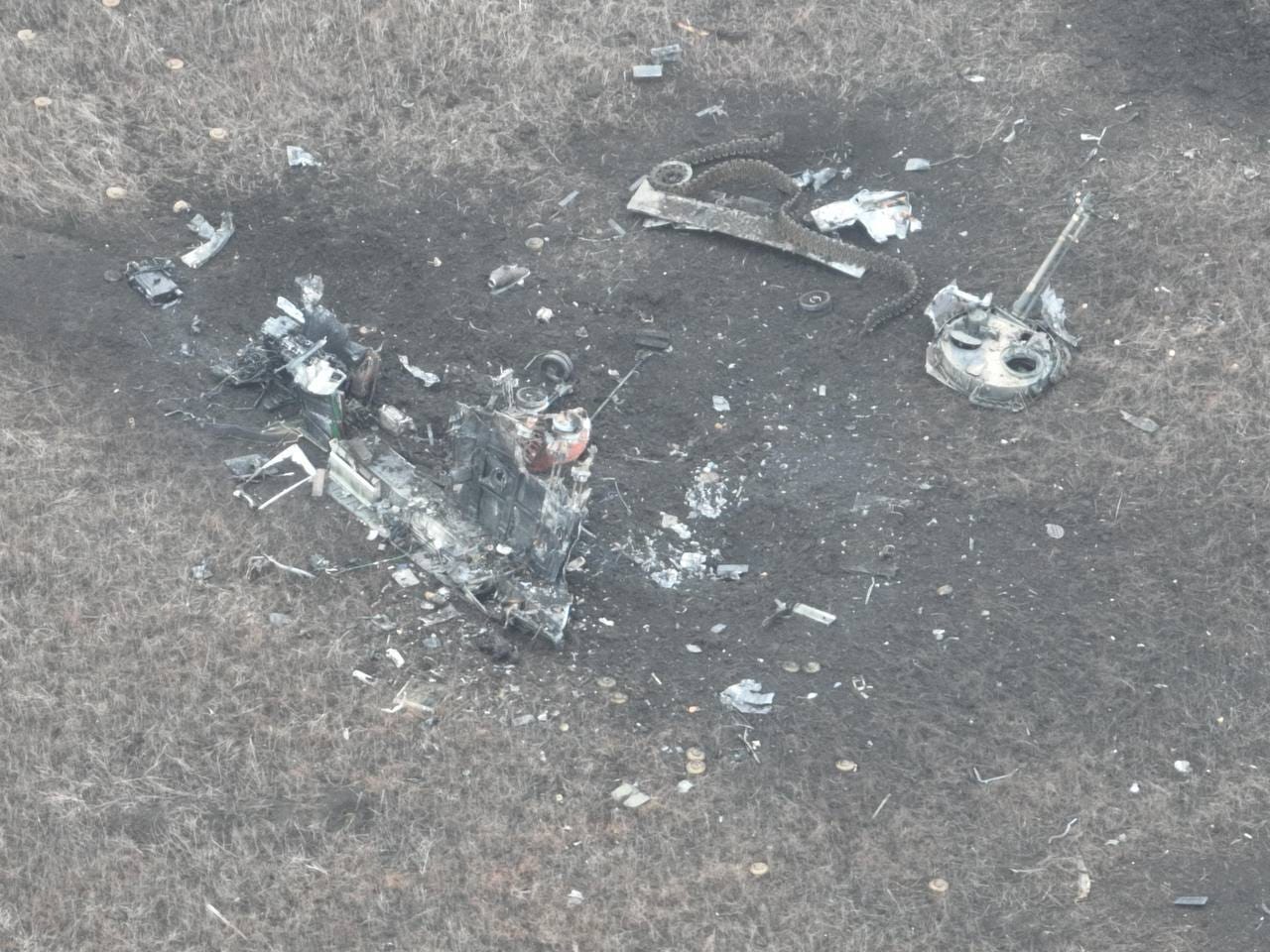
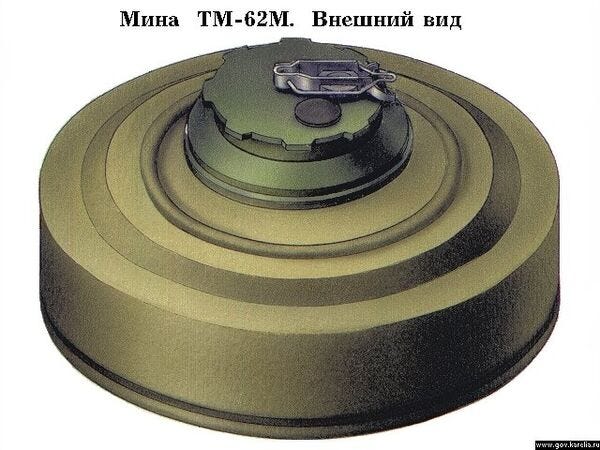
I have a list of analysts I follow. Yours is the one I drop everything to read. Excellent work sir!!
Its become a theatre of the absurd hasn't it? The only thing more ridiculous than the Russians bombing their own pipeline (but leaving the Druzhba pipeline intact) is that a half dozen dudes and a doc rented a boat from luxuryyachts.com, ordered half a metric ton of high explosive off of amazon, shaped and waterproofed the charges in a garage, then did a quick google map search for the pipelines and went for a sunday swim at 70m depth. Then successfully remote detonated, and escaped. But wait, they didn't scuttle the boat because that would... ah... something.
The western propaganda leviathan on one hand produces epic psyops; you have to hand it to them. But sometimes its like they hand over a task to their DEI team and, well, you get this.